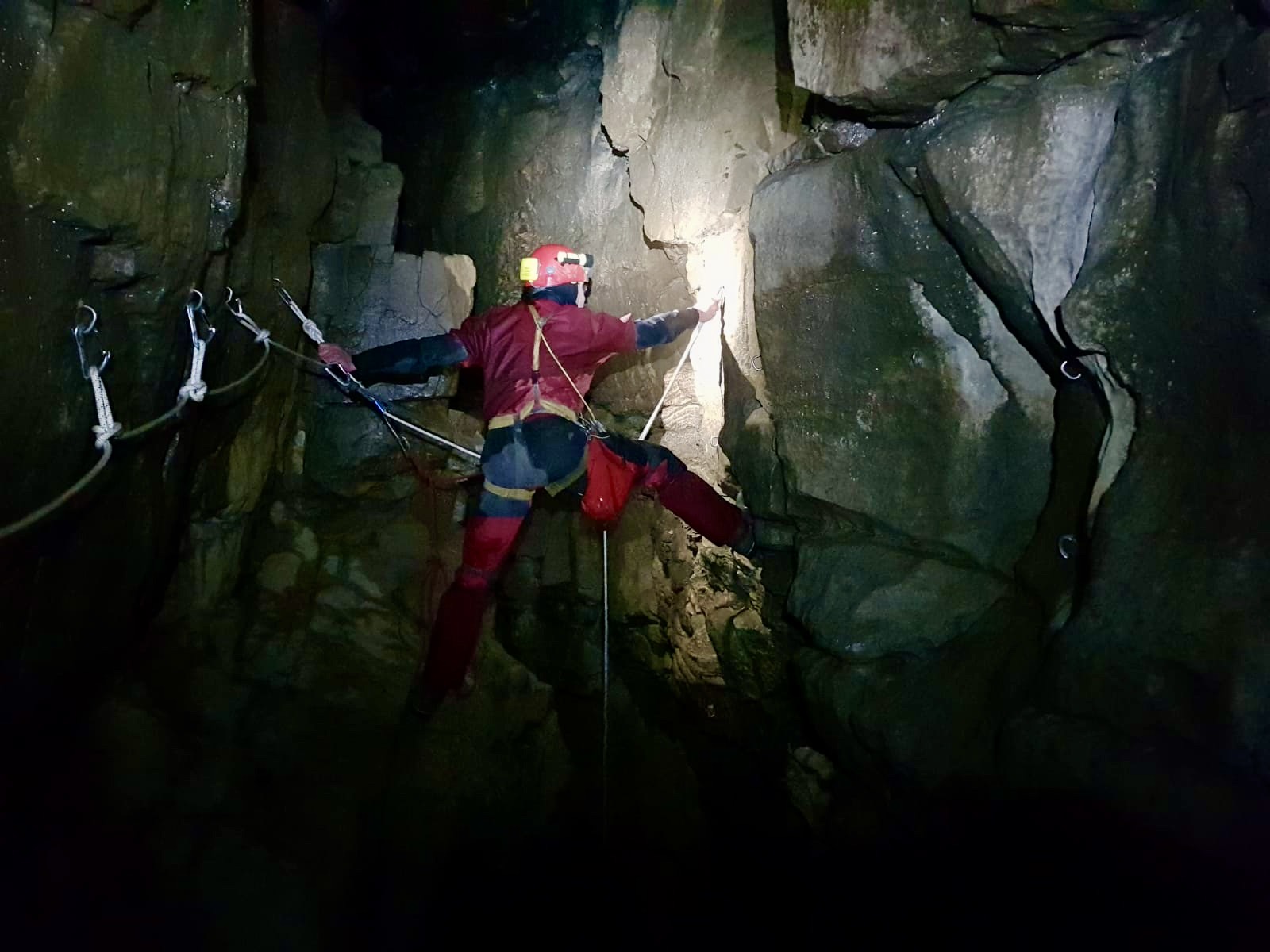It is an occasion where a freely rotating hanger on the bolt might be advantageous.
Maillons are slow & fiddly but can be undone with a spanner, or your stop, when jammed. Snaplinks are quick & easy, but need to keep an eye on their position.
So, if a locking krab jams what are your options? - carry pliers, unthread the knot, or cut the cowstail. You can then tie another krab in (or use a bit of your SRT rope if not long enough to do that). If you don't have a knife then another length of rope can be used to cut a taut section (narrower diameter is more effective).
If it's part of the rigging then you could leave everything to recover later, otherwise your options are the same as for the cowstail (but with a whole load more rope to pull through the knot).






